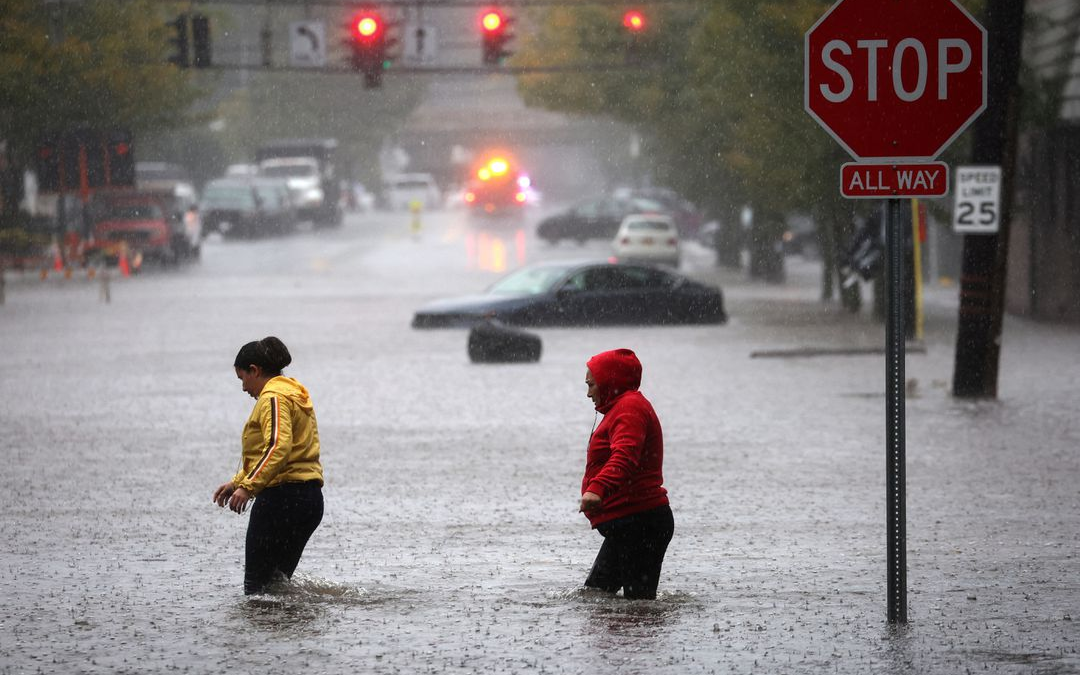It could take 131 years for the world to close the gender gap – “Not only are millions of women and girls losing out on economic access and opportunity, but these reversals also have wide-ranging consequences for the global economy”

By Alicia Wallace
20 June 2023
Minneapolis (CNN) – Progress on achieving global gender equality is languishing.
A new report from the World Economic Forum estimates that women won’t attain parity with men for another 131 years. In other words, not until 2154.
The overall gender gap — a measurement of equality across the realms of the economy, politics, health and education — closed by a mere 0.3% as compared to last year, according to the WEF’s “Global Gender Gap Report 2023,” released Wednesday.
The “tepid progress” in closing those gaps and indications of parity slipping in areas such as the economy create an “urgent case for renewed and concerted action,” Saadia Zahidi, managing director at the WEF, wrote in the report.
“Recent years have been marked by major setbacks for gender parity globally, with previous progress disrupted by the Covid-19 pandemic’s impact on women and girls in education and the workforce, followed by economic and geopolitical crises,” Zahidi wrote. “Today, some parts of the world are seeing partial recoveries while others are experiencing deteriorations as new crises unfold.”

The WEF’s Gender Gap Index measures gender parity in 146 countries and across four areas: economic participation and opportunity, educational attainment, health and survival and political empowerment. Overall parity has improved by 4.1 percentage points since the WEF launched the index in 2006.
While the report shows progress in the areas of educational attainment and upticks in the health and survival and political empowerment categories, the economic participation gap showed some regression, sounding alarm bells of a “post-pandemic crisis,” according to the report.
“The recovery from the shock and ensuing polycrisis has been slow and, so far, incomplete, and the current context, coupled with technological and climate change, risks causing further regression in women’s economic empowerment,” according to the report. “Not only are millions of women and girls losing out on economic access and opportunity, but these reversals also have wide-ranging consequences for the global economy.”
The WEF estimates that it will take 169 years to achieve global economic parity and 162 years for political parity.

Only nine countries have closed at least 80% of their gap: Iceland, Norway, Finland, New Zealand, Sweden, Germany, Nicaragua, Namibia and Lithuania. For the 14th year, Iceland is the most gender-equal country by having closed 91.2% of its gap, according to the WEF.
The United States is 43rd, with a parity score of 74.8%. The United States dropped in the overall rankings from last year (when it was 27th with 76.9% parity) as a result of a sharp decline in the political empowerment index, which measures the gap between men and women in the highest levels of political decision-making.
“Accelerating progress towards gender parity will not only improve outcomes for women and girls but benefit economies and societies more widely, reviving growth, boosting innovation and increasing resilience,” Zahidi wrote. [more]
It could take 131 years for the world to close the gender gap, report shows

